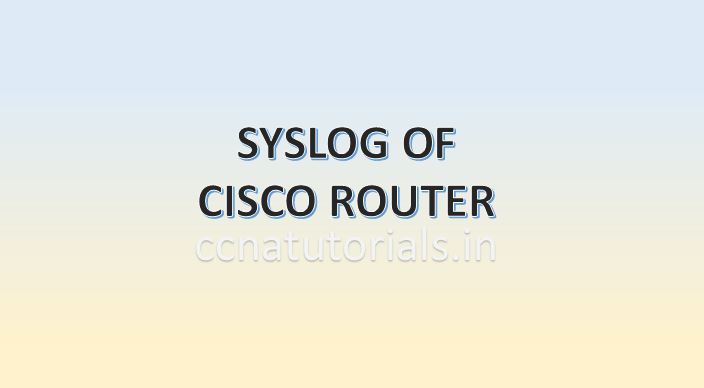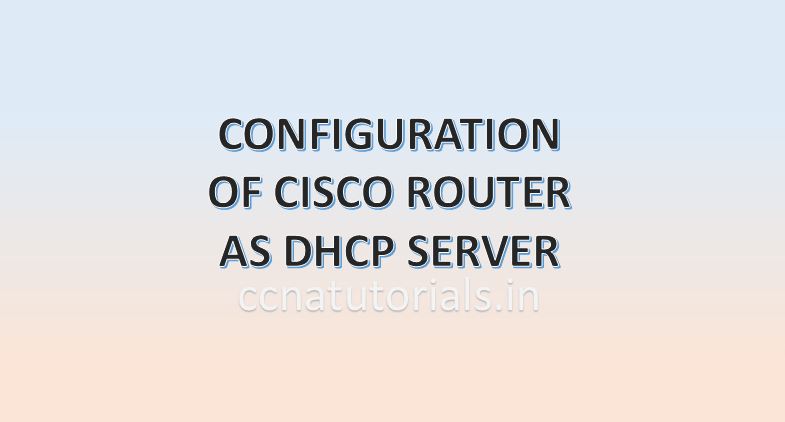In this article I describe about the restore configuration of Router for CCNA exam. restore configuration of Router is necessary when you need to run the old settings in the router . If router shut down due to any reason the running configuration will be erased. Next time when you power on the same router the current configuration will not found. To overcome these issue we take the back up configuration of Router.
You can restore configuration of Router by running come easy commands in the CLI of IOS of router. The internal processing functions of router are very similar to a normal computer. We know the basic functions of the memory of computer like RAM, ROM, CPU etc. Similarly the internal component of router works for data packet processing in router. The configuration of router stored in the running configuration when we do any changes from CLI. We need to keep these configuration save in NVRAM so in future the same configuration can be used for router.
We may take the backup in router’s Flash memory or in startup-config file. This is good if you don’t have any other device in your network. If router is damage or defective and no recovery option then the backup can not be taken back. This practice is similer to our data on any computer device. We take the important files back up in another drive or computer. Some time we take the backup at multiple places. Similarly we take the back up configuration of a Router in a TFTP server. TFTP is a service which required to be configured once. Before going to learn about the restore configuration of Router lets see the types of memories and their function in a router.
RAM
RAM is an acronym that stands for Random Access Memory. RAM of a router works like RAM of a computer. RAM is a volatile memory so it needs power all time. Router loads the IOS and the configuration file in RAM when the router is power on or reboot. It store the data like routing table and running config files. Data transfer speed of RAM of router is very fast. The running configuration remain save in the RAM or router until the power is available. Later these settings can be copied to start up configuration for future use. RAM stores data in power on condition of router. All data in RAM erased automatically if router is power off. The size of RAM in router is generally in MB. The size may be 16 MB, 32 MB.
RAM of a router keep the running configuration file, routing table and other information related to the interfaces of the router. When we works on CLI of a router actually we are working in the RAM of router. To take the back up configuration of Router, We need to copy the running configuration into startup configuration to save the current settings of the router. The startup configuration saved in the NVRAM which can be used later after rebooting the router.
ROM
ROM is acronym that stands for Read Only Memory. Data on ROM is write once only. After writing the data on ROM router can read the data but can not change it. ROM stores the bootstrap of IOS which is responsible to boot the router. Bootstrap find the IOS image file and run the IOS in RAM of router. ROM keep the instructions for POST process when router is power ON. ROM is chip on motherboard and it is programmed once only. ROM is just like the BIOS system of the computer. The booting process starts from the ROM of the router. ROM is a non volatile memory which does not require any power all the time to keep save the information in it. We can not do any changes in the ROM of a router. The settings of ROM configured by the firm so it is generally known as a firmware. The another internal component of router is NVRAM which is very similar to the ROM.
NVRAM
NVRAM keep the startup configuration file which is a backup copy of the running configuration. For back up configuration of Router we need to copy the running configuration to the startup configuration. Every time when the router power on the settings of startup configuration loaded into the RAM of the router. NVRAM is also a non volatile memory similar to ROM. In switches NVRAM stores the information of VLANs. When we configure VLAN in a switch the VLAN configuration saved into the NVRAM memory of the switch.
NVRAM stands for Nonvolatile Random Access Memory. NVRAM is like RAM but it is non volatile memory. It means NVRAM stores the data after power of the router. NVRAM stores the startup config file. Startup config file contains the routing table and other configuration which was copied from a running config file. The difference between NVRAM and ROM is that the content of ROM can not be changed but the content of NVRAM is changeable. When router is power on it search the startup config file in NVRAM only.
Flash Memory
Flash memory is a kind of EEPROM. EEPROM stands for Electrically Erasable Programmable Read-Only Memory. The content of Flash memory can not be change like ROM. Flash memory stores the IOS image. The data of Flash memory remain unchanged when the router is reboot or power off. We can say the operating system of router IOS saved in the flash memory. Every time when a router is power on the IOS loaded into the RAM from the Flash memory. The IOS checks all the interface of router when loaded first time in the RAM. To know all the functions or internal component of router you can read the full article related to booting sequence here.
Restore configuration of Router
This article is about restore configuration of Router. We can restore the configuration of a router from it’s Flash memory or startup-config file. The process to take the back up configuration of router is discussed in previous article. Restoring process is same as taken back up . The command will run from privilege mode so you need the enable and enable secret password or router. A little change in command has taken place. It is shown in below image that from how many places we can restore the configuration of a router.

To restore the configuration of a router we have to run the copy command. This command ask for destination file name then you have to press enter. By pressing enter key the configuration of router will restore from startup-config file.

Restore configuration of router from TFTP server
TFTP server is used to keep the backup of configuration of router. If there is any backup file save previously, you have to know the file name firstly. During running of command it will ask you the source file name and host name or address. At very next step it will ask for destination file name. Press enter similar to above restoring process. Here the host address of TFTP server is 10.1.1.2 and file name is test-config. Below image is example.


Keep in mind that when you restore the configuration from TFTP server the interfaces may be shut down. You have to keep up the interfaces by running the no shut command manually.
I hope you found this article helpful related . For any query or suggestion on this article you may contact us or drop a comment below. Your suggestions are always welcome by us.







I visit each day some web pages and websites to read posts, but this website gives quality based content.
my homepage CBD gummies for sale